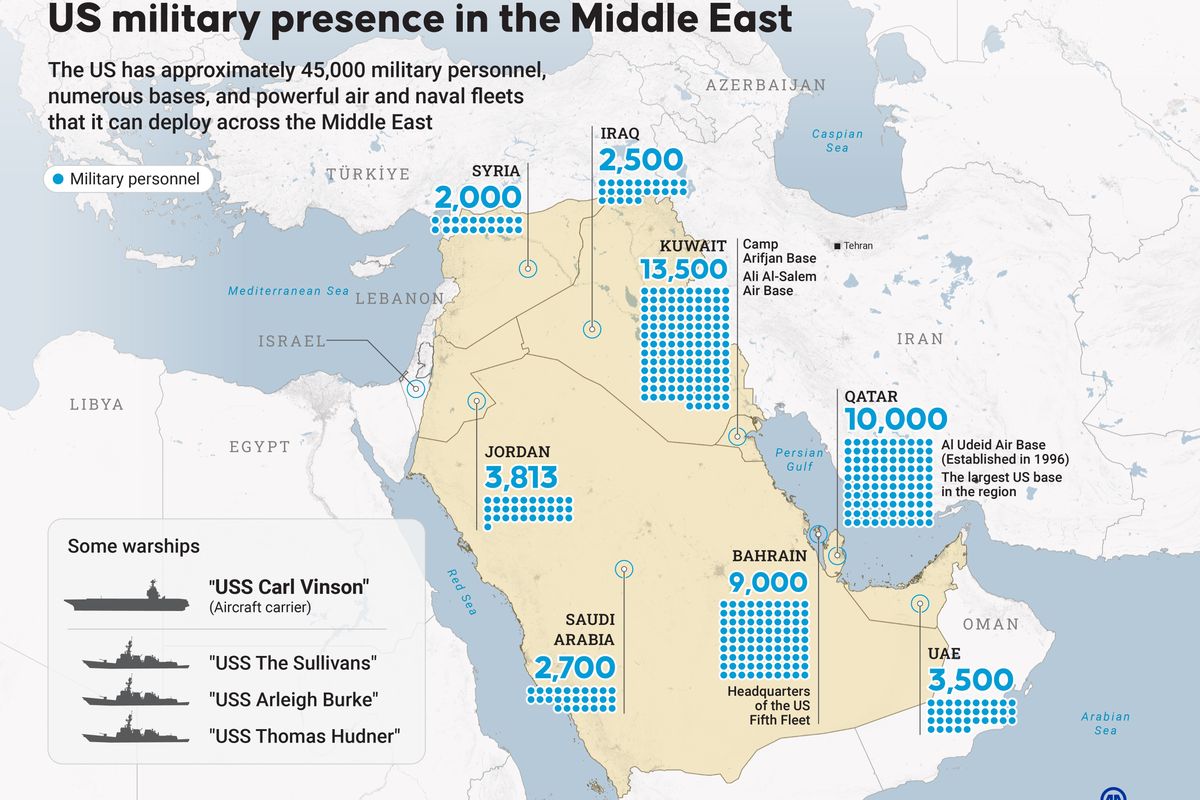The U.S. Missile Defense Agency (MDA) performed a successful test of the Ground-based Missile Defense (GMD) system on Tuesday. This was the first test of the GMD that simulated the intercept of an intercontinental ballistic missile (ICBM). The GMD is the United States’ only system that can defend against long-range missiles from North Korea or other adversaries.
In a prepared statement, MDA Director Vice Admiral Jim Syring called the test “an incredible accomplishment for the GMD system and a critical milestone for this program,” adding, “This system is vitally important to the defense of our homeland, and this test demonstrates that we have a capable, credible deterrent against a very real threat.”
The test is significant because it is the first time the MDA has demonstrated that the 20-year-old, $40 billion program can work. Previous tests did not use an ICBM as a target or only tested certain components of the complicated system. Tom Spoehr, Director of the Heritage Foundation’s Center for National Defense, told The Cipher Brief “Because of cost and complexity, the tests are infrequent, with the last test being in 2014. Thus, the individual tests take on an outsize importance.” Many of these tests resulted in failure, and combined with the high cost, gave the system a bad reputation.
The GMD has several components based on land, sea, and in space. The simulated target was a missile launched from the Reagan Test Site on Kwajalein Atoll in the Marshall Islands. Multiple sensors, including the Sea-Based X-band radar platform detected the test missile’s position. Initial reports did not confirm if the space-based infrared sensors were used to detect the missile’s launch. The tracking data was relayed to the command and control center which then sent this information to the interceptor.
The interceptor—a fifty-foot tall three-stage rocket— launched from Vandenberg Air Force Base in California. The interceptor then launched its exo-atmospheric kill vehicle, a five-foot long device with thrusters that allow it to reposition itself into the path of the test-missile. The kill vehicle destroyed the test-missile via the kinetic force of the impact, as designed.
The success of the GMD under simulated conditions validates the system’s design, and bodes well for its future. Spoehr notes “This success will enable continued investment in the program, which has taken on greater significance with North Korea’s aggressive posture.”
Some experts warn that as a whole the testing record is not enough to instill confidence. Philip Coyle, a senior fellow at the Center for Arms Control and Non-Proliferation told CNN, “Based on its testing record, we cannot rely upon this missile defense program to protect the United States from a North Korean long-range missile.”
Even prior to the test, the Pentagon was confident in the GMD’s capability. In April, NORTHCOM Commander General Lori Roberts testified before the Senate Armed Services Committee that she was confident the GMD could stop a North Korean ICBM. While this latest test helps verify Roberts’ assertion, it will take more than one success to convince many critics the system is worth the cost and up to the task of defending the United States.
For more Cipher Brief coverage on the GMD, click here.
Will Edwards is an Asia-Pacific and defense technology analyst at The Cipher Brief. Follow him on Twitter @_wedwards.








